15 Easy Old Fashioned Frugal Living Tips

Make more of what you have and beat shrinkflation by looking to the past for old-fashioned frugal living tips from generations gone by.
Let’s discuss reusing, recycling, wasting nothing, and why old-fashioned frugal living ideas are popular and relevant today.
We can use these ideas to make our lives as comfortable as possible while very often saving money and resources.
Let’s learn from our ancestors how to survive and thrive on less during these tough times.
1. Simplify cleaning products
Go into any grocery store and look at the array of cleaning products with tons of chemicals. Ads make us believe we need all these products but in times gone by it was simple: use rags and brushes, soap, bleach, and vinegar, and baking soda, and elbow grease to clean your house from top to bottom.
2. Wash windows
Windows were washed with vinegar and water and dried with old newspaper. Today, buying specialized window cleaners is expensive.
3. Hand wash
People would hand wash small items, like socks and other underwear in the evening instead of putting it in the washing machine.
They would remove water by rolling the garments in a towel and hang them to dry instead of putting it all in the dryer.
4. Spot clean
Spot cleaning a relatively clean garment with soap and water is also a frugal idea rather than washing the full piece of clothing. This saves money and also extends the life of the garment.
5. Protect clothing
Protecting clothing was more important than washing them all the time. That meant people would use aprons or overcoats all the time when cooking or doing chores.
When doing crafts, kids would wear smocks that were actually the old shirts from their parents.
6. Ironing
To reduce ironing, which was expensive and time-consuming, damp clothing would be gently stretched into shape before hanging to dry.
7. Laundry soap
To get more out of a block of laundry soap, it would be grated, soaked in water, and mixed and used as a liquid.
8. DIY laundry soap
You can make a homemade laundry soap using horse chestnuts (also called a conker) which contain a soap.
Peel and chop up the white flesh of the chestnuts, soak the flesh in warm water for 30 minutes, agitate, and then sieve off the liquid.
Keep the liquid in a bottle in the fridge for two weeks. You need a capful for each wash. It makes wonderful, soft suds.
Some people use this as hair shampoo. Horse chestnuts are seasonal so you can dehydrate them to use for a batch any time.
9. Recycle old clothes
When a wool or cotton item had served its purpose, it would be recycled and made into something else. You can unravel a sweater for the wool to knit or crochet something else, like a scarf or small blanket.
10. Unwrinkling wool yarn
If you take wool from an old item, it may be crinkled. Put wrinkled wool in a bowl of hot water (not boiling).
Leave it for 10 minutes and the wool will straighten out. Use your fingers to squeeze the excess water out of the yarn and hang the yarn on an old coat hanger to dry straight overnight.
11. Recycle packaging
You can recycle plastic bags, baggies, or foil. But I am recycling a tablecloth by cutting the fabric into squares, hemming them by hand, and using them as reusable sandwich packs.
Wrap a sandwich (or cookies or any other dry food) in the fabric and put a rubber band around it to keep it all in place. All you have to do is wash them when you’re finished. You can rub beeswax over the inside of the fabric to waterproof it.
12. Get more from bleach water
Use bleach to remove stains from tea cups and coffee mugs and other dishware. Don’t throw out the water when you’re done. Soak dishcloths in the bleach water.
After that, pour the same water into a bucket and mop your floors that can take bleach. Then pour the bleach water into the toilet and leave it overnight to brighten the bowl.
13. Stop food waste
The average household throws away 1.5 tons of food per year in the U.K. It’s 2.5 tons of waste in Australia. In the U.S., ⅓ of household food is wasted and thrown away.
Food used to be preserved carefully in airtight jars or paper bags to stop the light from spoiling food.
Your sense of smell and vision are more reliable than the “best before” dates on items. In times of poverty, people would even eat moldy food because the alternative was starvation.
14. Make food go further
Old-fashioned food hacks include making soups or stews from vegetable leaves and peelings, chilling canned meat before slicing to get thinner slices to make it go further, saving meat fat or drippings to fry or roast other foods in, turning soured milk into baking recipes, having porridge made with water instead of milk, and having a cheap flour-based pudding to fill empty bellies.
15. Cheap food ideas
Turn to these basics, such as cheese and onion pie, hot beans, tinned fish fishcakes, stuffed cabbage leaves, bananas and custard, and baked apples sprinkled with cinnamon and sugar.
Old fashioned frugal living tips
Do you have any old-fashioned frugal living ideas to share? What frugal living tips were passed down to you that really helps you stretch your money and use your resources to the fullest? Please leave them in the comments so we can all learn together.


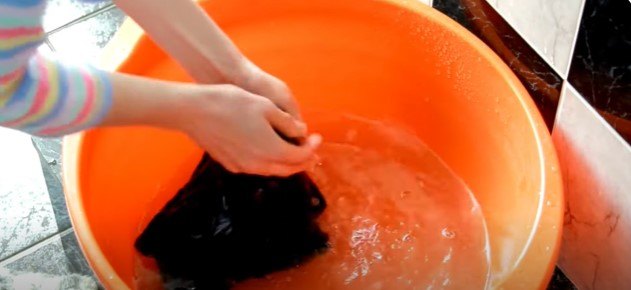

















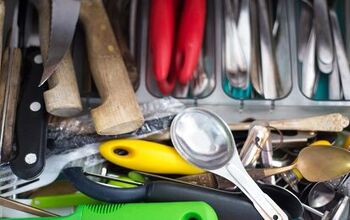

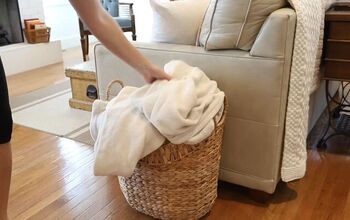


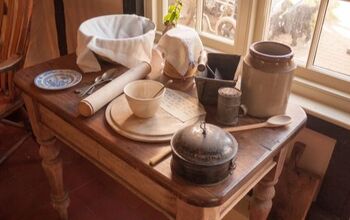
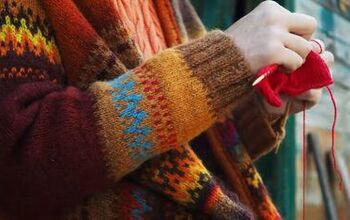


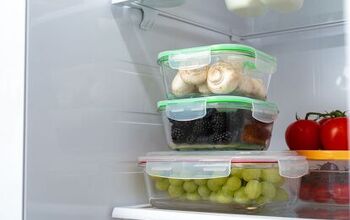



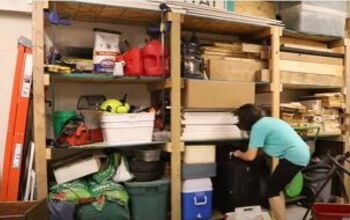




Comments
Join the conversation